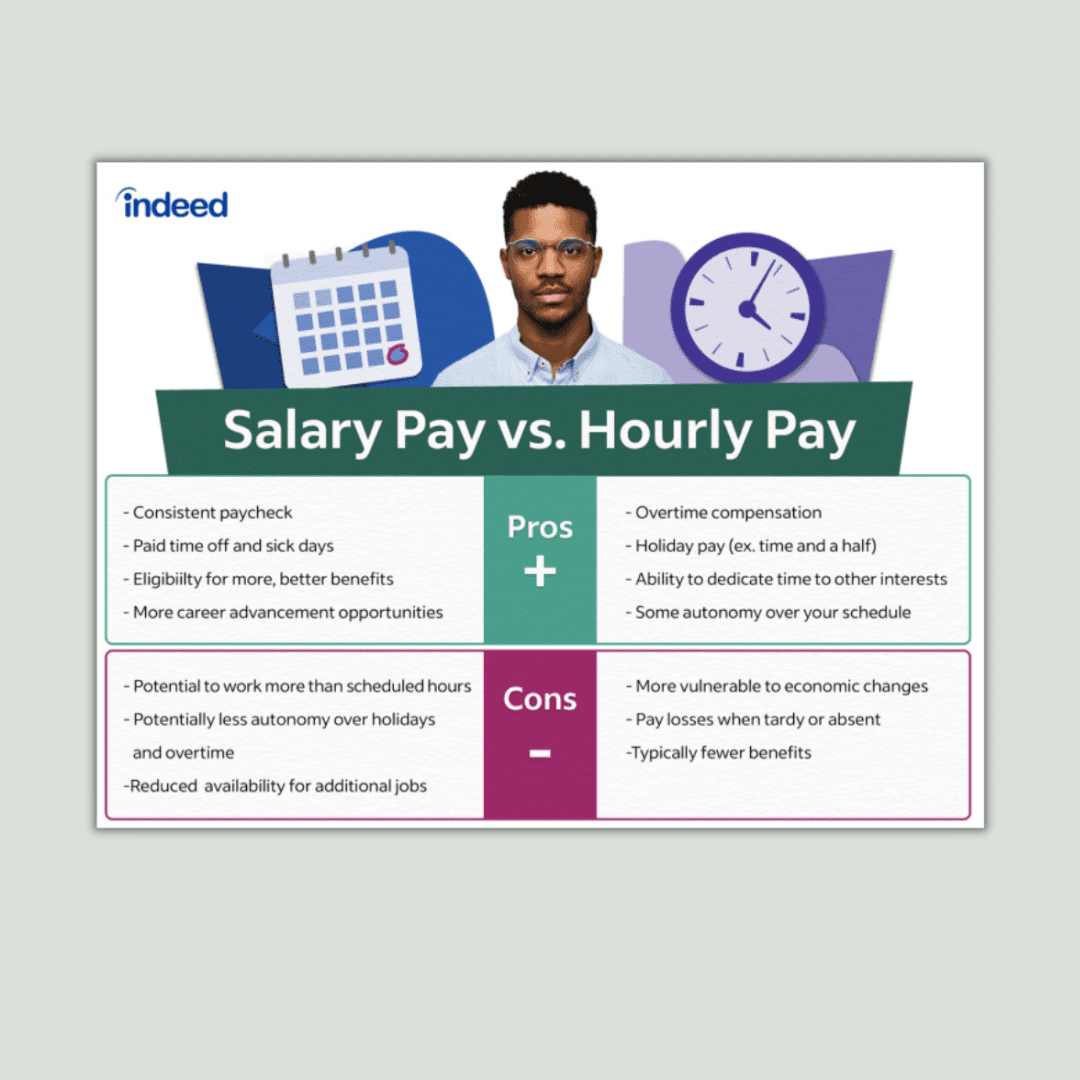



Determining your salary can really seem like it’s out of your control. It’s not. You have more control over your salary than an employer’s salary range for any position.
At minimum, your goal should be to accept positions that pay enough to cover your minimum, necessary expenses. After you determine your minimum salary, then you want to add your stretch or future financial goals.
Let’s start with the lower side of the salary range – your minimum salary.
Determining your minimum salary
The best way to know your minimum salary is to create a monthly budget. I love Debt Free Millennials. They have an amazing YouTube channel with tons of helpful information and their emails are spot on.
Since subscribing to their channel a few years ago, I’ve:
- Found a comfort level in my financial struggles
- Decrease my debt
- Increased my credit score
- Haven’t regretted it since
Debt Free Millennials created a YouTube video, Budget – Step-by-step with a free template to tell you how to create a budget. The best part is that it includes a Step-by-Step template for FREE.
After understanding the minimum you need to pay your regular expenses, then multiply that monthly amount by 12 (for 12 months in the year). That total is the MINIMUM salary you can take for ANY job.
When you get a job offer that offers a salary below your minimum salary, then you have few options. Those options include:
- Rebut the offer – ask for a higher amount
- Pick up a side hustle until you’re able to find a job with a higher salary
- Reject the job offer – yes, tell them NO!
I’m going to break these options down.
By rebutting the job offer, you’re simply letting them know that you can not accept the offer at that amount. You’ll be surprised how they respond. Most times their response is to increase the salary in your job offer. Honestly, there are many times that you can negotiate more than your salary. I created a video on my YouTube channel, titled Negotiating YOUR Pay at Job Offer.
If they say they can not increase it then understand that either they can’t or they don’t want to and that’s absolutely ok. Most times, you’ve dodged a bullet and are getting closer and closer to the job offer that’s more of a match for you.
There are many factors that are considered when creating a salary range. PLEASE do not get angry with them. If you have really proven yourself, then it is NOT uncommon for a company to contact you later when they are able to increase the salary or when they have an opening with a higher salary and that’s OK!
When companies reach back out to you, it simply means that you’re in demand and that they really want you to work for them OR that they could not find anyone else with your experience to take their offer at that amount.
I hate ghosting! It’s just unnecessary. Most companies that are inexperienced with salary rebuttals and job negotiations will respond to the typical fight or flight response. Ghosting is the flight response. I recently created a video on The Top 3 Reasons You’re Being Ghosted.
Now, let’s determine the rest of your salary range – the maximum.
Determining your maximum salary
There are two things that help you determine your maximum salary. This will give you a solid range to feel absolutely comfortable before accepting any job offer. There are a few resources that give you market information on your salary. The market determines salary ranges by reviewing a number of factors including:
- Location of the company
- Location of the employees
- Industry type
- Cost of Living at the time
- Level of experience
- Required Education
This is not an entire list but definitely has the most influential factor. It’s important that you know this prior to using the US Bureau of Labor Statistics to find salary ranges because it is super detailed but very helpful! This isn’t my go-to resource for myself, but definitely, one that I use in the workplace from time to time.
Additional salary resources are much easier to navigate and understand. You’ll be surprised to see that they all will not show the exact same numbers. It’s important that you compare your findings to narrow your range down a bit. Click each of the salary resources below to get started on determining your maximum salary.
As you can see, I did not tell you to determine your minimum salary with these tools. As you start and grow your career, you should focus more on having one job that takes care of all of your expenses. Any side hustles you may have should be additional money or money that goes directly to savings and investments.
Salary Resources
Just don’t forget that your salary range is not a “one-and-done” type of thing. You should revisit this entire process on a revolving 6-12 month basis until you feel absolutely comfortable.
I have additional resources below that I’m sure you’ll enjoy:
- Pay Transparency (Heyyy HR’s Blog)
- HR Career Ladder/Growing your HR Career (Heyyy HR YouTube Channel)
- Cassie, My Professional Agenda (Instagram Post)
Please comment and let me know if you find this helpful. No comments typically make me stay away from the topic in the future. Would you like more resources like this?
You May Also Like:
- “Discover How HR Pros Can Make Money On the Side”
- Get Paid What You’re Worth! A step-by-step guide
- How to Destroy Debt with an entry-level salary
- How I went from a 545 Credit Score to an AMAZING 707
- Pros & Cons of Pay Transparency
- What’s Up with Pay Transparency?
- Benefits & Compensation, Your Total Rewards Package
- Negotiating Your Pay a Job Offer



 Subscribe to my channel
Subscribe to my channel